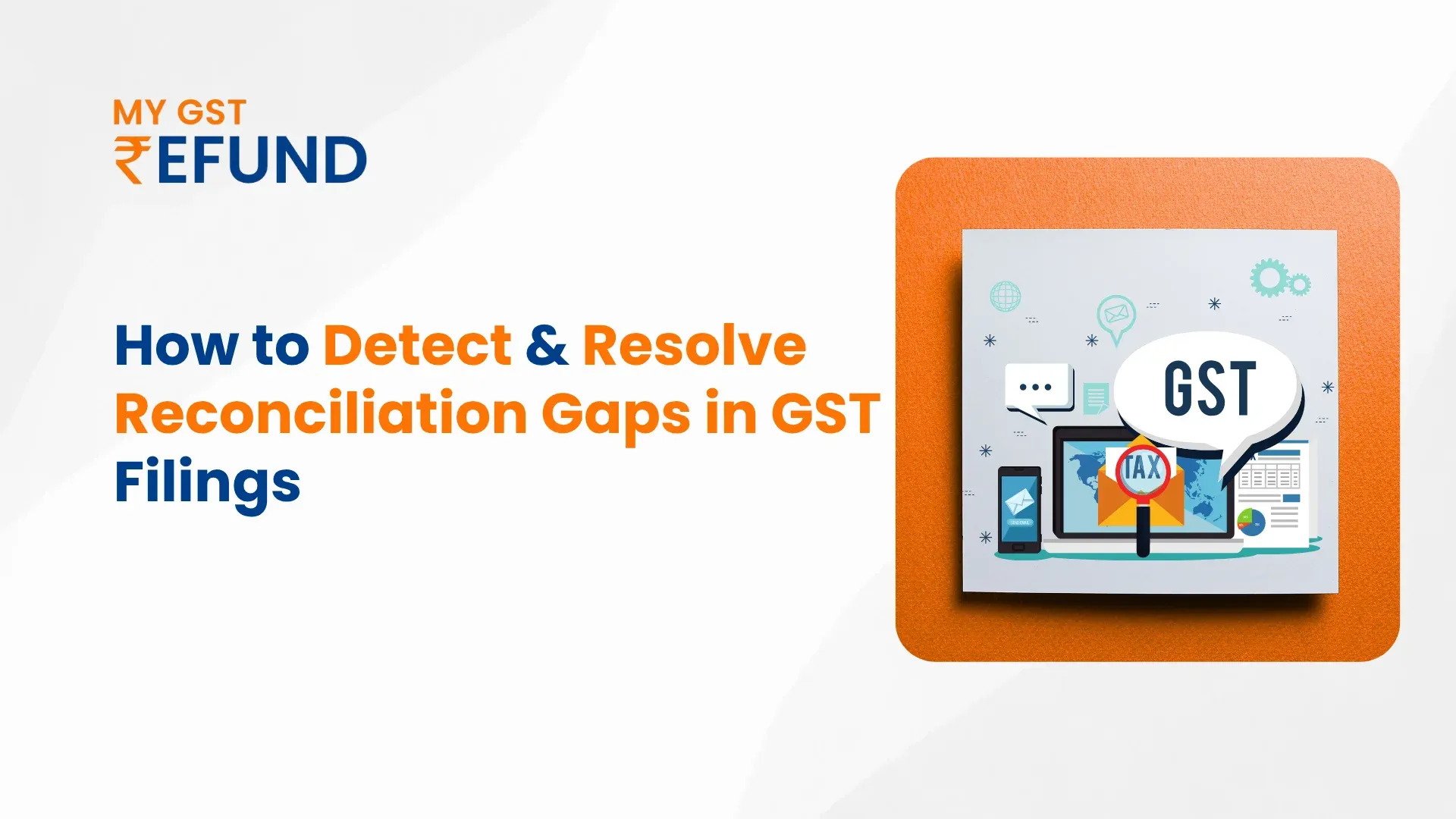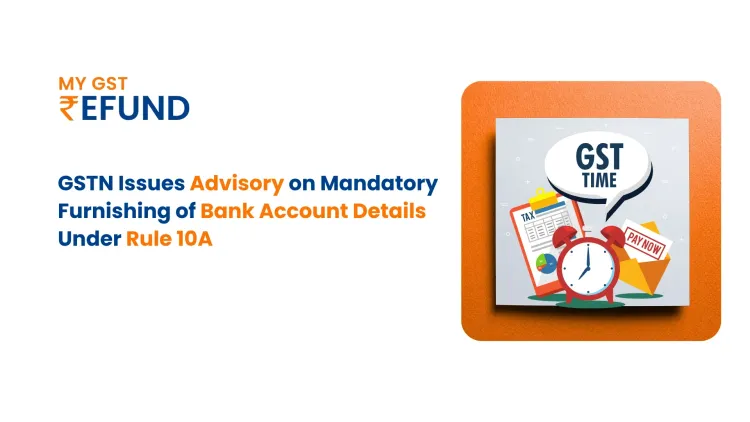How to Detect and Resolve Reconciliation Gaps in GST Filings
What is GST Reconciliation?
GST Reconciliation is the process of scrutinising the data that you’ve recorded with the data that you’ve auto-populated in the GST Portal.
GST Reconciliation is a mandatory and important step to ensure that one is claiming the correct amount of Input Tax Credit (ITC) and has paid the right amount of tax on the outward supplies.
Understanding Data Mismatches under GST
Tax mismatches under gst occurs when the details of the tax report that are reported by your business do not match with the data submitted by the suppliers, customers, or across your own GST return.
Reasons for mismatches under GST
Supplier: Customer Non-Compliance: If a supplier has failed to file their GSTR-1, your ITC claim will not reflect in the GSTR-2B. Similarly, if a customer misreports your GSTIN or invoice details, it creates a mismatch in sales records.
Simple typographical mistakes in GSTIN, invoice numbers, or taxable values can lead to mismatches. Incorrectly applied tax rates can also cause functional discrepancies.
Reconciliation Gaps: This may occur when the GSTR-3B summary doesn't align with GSTR-1, or when the ITC claimed exceeds the eligible credit shown in GSTR-2B.
Non-compliant suppliers : Suppliers with major issues like a cancelled or take GSTIN, or those who have not cleared their own GST dues, can cause issues with your Tax claims.
Incorrect input of HSN or SAC codes leads to discrepancies during audits.
Consequences of Unresolved mismatches
Unresolved mismatches may lead to major problems and issues that are most likely to affect your business on a larger scale. Some of the effects are: Demand notices, blocking of Input Tax Returns (ITC), cancellation of registration, and hefty amounts of penalties.
Step-by-Step Guide to Detecting and Resolving Reconciliation Gaps in GST Filing
1) Getting a consolidated Data
Downloading of GSTR-2B, GSTR-1, and GSTR-3B for the relevant period from the GST portal is the first step. Consolidate this data along with internal sales and purchases.
2) Comparing and Identifying Mismatches
Using the consolidated Data to perform the following comparisons :
ITC MISMATCH (GSTR-2B vs. Purchase Register)
(i) Matching of every invoice in your purchase register with the data in GST-2B based on the supplier's GSTIN, invoice number, and date.
(ii) Mark the invoices that are present in your record but missing from GST-2B and vice versa.
(iii) Check for differences in taxable values and tax amounts for matched invoices.
Outward Supply Mismatch (GSTR-1 vs GSTR-3B)
Comparison of total taxable values and tax amounts that are declared in your GSTR-1 with the summary figures in your GST-3B. Thereafter, analysing mismatches in taxable values, tax heads, or any adjustments made.
3. Resolving the Discrepancies
For missing invoices in GSTR-2B
Contact the supplier and request that they file their GSTR-1 or change it to include your invoices. If the issue is based on a timing difference, one may have to wait for the following month's GSTR-2B to claim the ITC.
For mismatched details
If an error is found in one's record, correction of the entry is required to match the supplier's data on the portal. If the error is from the supplier's side, ask them to amend their GSTR-1 in the next period.
For underpayment of Tax
Voluntarily, one must pay the differential amount along with interest using the Form DRC-03. This is crucial to avoid a tax notice or penalties.
For unclaimed or excess ITC
For unclaimed ITC, one may claim it in the subsequent months GATR-3B, but one thing that needs to be remembered is that there is a time limit for claiming old ITC, which needs to be considered. If claimed excess ITC, one may reverse it in a future return along with applicable interest.
Manual Reconciliation can be time-consuming and potentially error-prone, especially for businesses with high transaction volumes. Modern-day GST software and automated tools are made to streamline the process.
Consider MYGST Refund for a technically strong and efficient reconciliation of GST returns. Our team, with proactive and efficient expertise, will guide you through the entire streamlined process without any hassle.
Frequently Asked Questions
Q1. What is Reconciliation in GST?
It’s the process of matching your records with the GST portal data to ensure accuracy and compliance.
Q2. Why is GST Reconciliation necessary?
It prevents tax filing errors, ensures correct ITC claims, and avoids penalties.
Q3. What are the different types of GST Reconciliation?
GSTR-1 vs GSTR-3B, GSTR-2A vs GSTR-3B, and vendor reconciliation.
Q4. How is GST reconciliation performed?
By comparing GST returns with your books and resolving mismatches regularly.
Q10. How does MYGST Refund support GST reconciliation?
MYGST Refund automates matching, verifies ITC, and ensures timely compliance.
Related Posts






